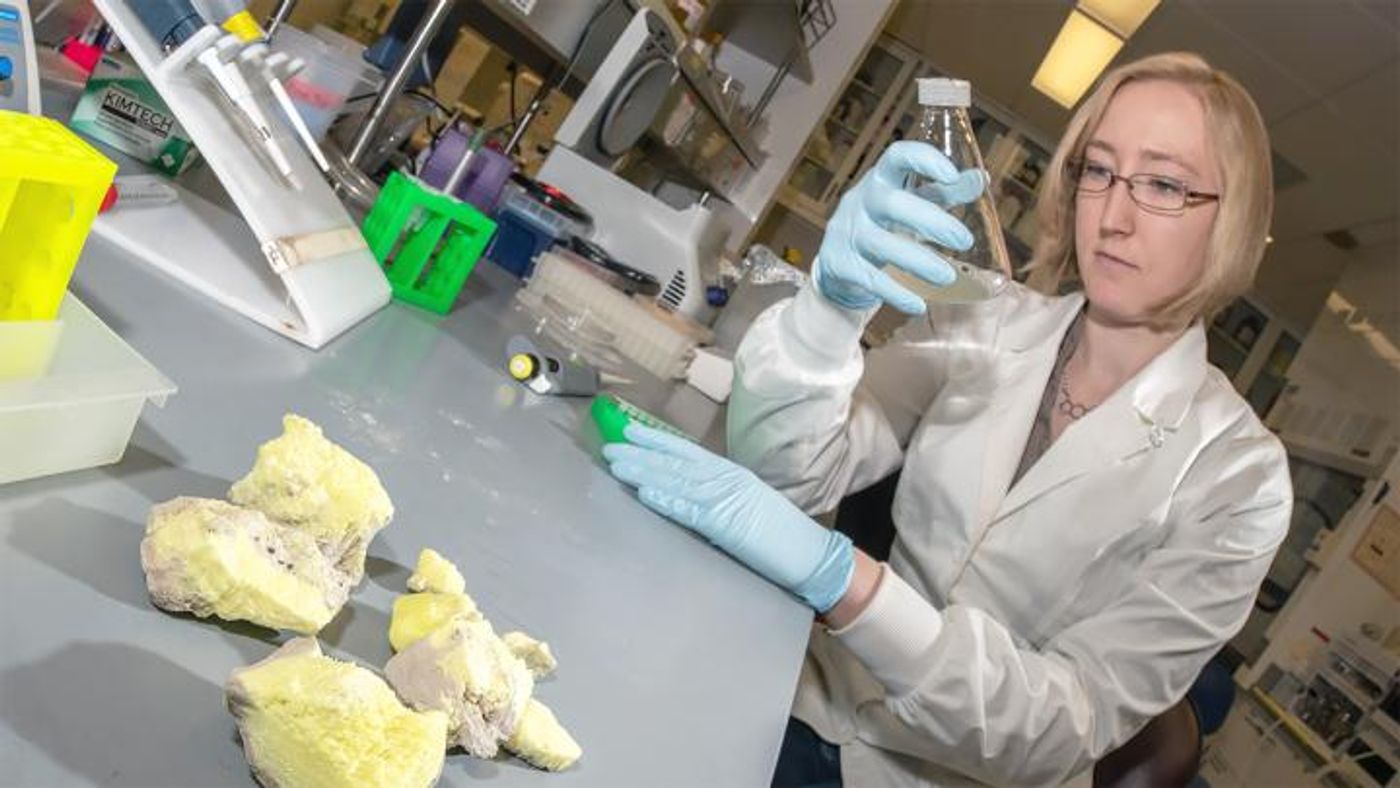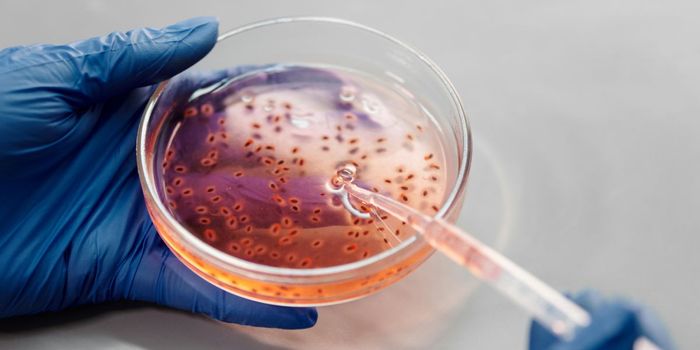Epigenetic Inheritance is Revealed in Archaea
While our bodies are built from a set of instructions that are contained within the genome, other things can influence how genes are expressed. Epigenetic tags, for example, can be added to the genome; they impact gene expression, and researchers have only recently begun to understand how they work. Now scientists at the University of Nebraska-Lincoln have learned that epigenetic changes are at work in the genome of a simple organism that might make a great research model - a species of archaea. The findings, which have been reported in the Proceedings of the National Academy of Sciences (PNAS), could help us to learn more about epigenetic influences on our genome.
It had been thought that epigenetic tags are only at work in multicellular organisms, and are primarily a way for the environment to exert an effect on the genome. This work, by Nebraska's Sophie Payne, Paul Blum and colleagues, demonstrated that epigenetics allows tiny unicellular organisms to survive extremely acidic conditions. Archaea are another domain of life art from eukaryotes and bacteria, and researchers were not expecting to see epigenetics at work as a mode of inheritance in this model.
"The surprise is that it's in these relatively primitive organisms, which we know to be ancient," said Blum, the Charles Bessey Professor of biological sciences at Nebraska. "We've been thinking about this as something (evolutionarily) new. But epigenetics is not a newcomer to the planet."
The researchers revealed epigenetic tags in archaea that thrive in the boiling springs of Yellowstone National Park - the sulfur-eating, acid-loving Sulfolobus solfataricus (which enjoy a few other places too, like Lassen National Park, shown in the video above). For several years, the researchers treated the microorganisms with increasing levels of acidity. Three strains evolved from that exposure; they ended up becoming 178 times more resistant to acid than their Yellowstone ancestors.
Interestingly, one of the strains carried no mutations in its DNA even while it gained resistance to high levels of acid. The other strains had genetic mutations, but only in genes that have nothing to do with acid tolerance. The researchers experimentally disrupted proteins that are thought to relate to acid resistance without interfering with the genes, and the resistance gradually went away in later generations.
"We predicted that they'd be mutated, and we'd follow the mutations, and that would teach us what caused the extreme acid resistance. But that's not what we found," explained Blum.
Epigenetics is thought to be essential to a variety of biological processes in humans, but it’s still challenging to study it. Archaea could offer a new way to learn more about epigenetics in eukaryotes; they are simple organisms that resemble eukaryotes. It could make epigenetic research faster and less expensive, noted Blum.
"We don't know what flips the switch in humans that changes epigenetic traits," Blum said. "And we sure don't know how to reverse it very often. That's the first thing we'll go after - how to turn it on, how to turn it off, how to get it to switch. And that has benefits when you think about (managing) traits in us or traits in plants."
The researchers are now speculating about how eukaryotes and archaea both use epigenetics as a way to pass traits down to the next generation. "Maybe both of them had it because they diverged from a common ancestor that had it," suggested Payne, a doctoral student in biological sciences. "Or maybe it evolved twice. It's a really interesting concept from an evolutionary perspective."
Blum’s team is also curious about whether epigenetics can explain why there are no known archaea that are pathogenic, nor do they combat one another with antimicrobials like bacteria are known to do.
"There are no antibiotics going on in that world," he noted. "Why is that? We're thinking (that) it's got something to do with epigenetics, and so their interactions among each other are fundamentally different than bacteria."
These findings introduce a broader question, noted Blum. "What was the benefit for them to have this? We don't know."
Learn more about archaea from the video.
Sources: AAAS/Eurekalert! Via University of Nebraska-Lincoln, PNAS









